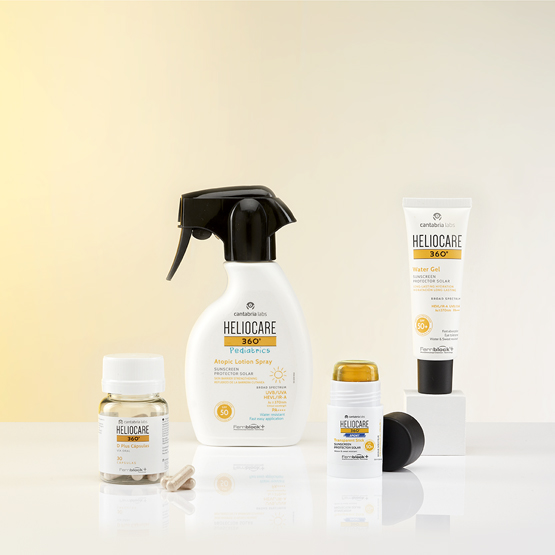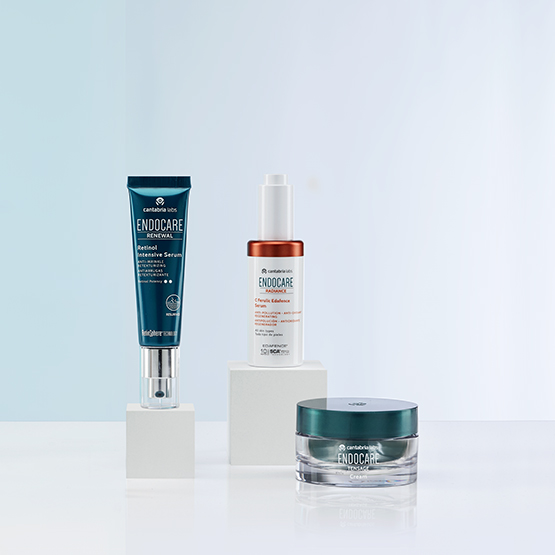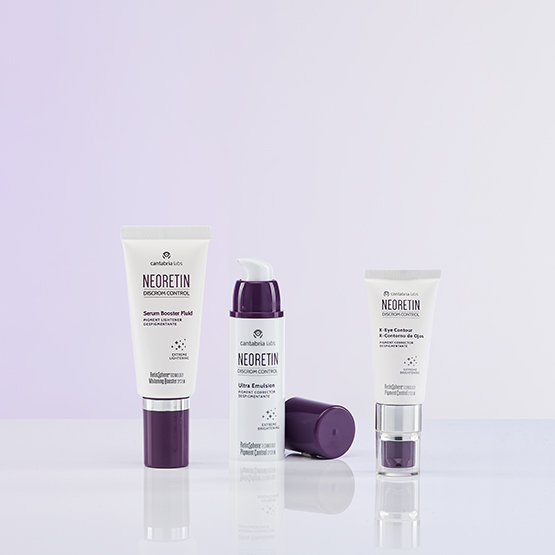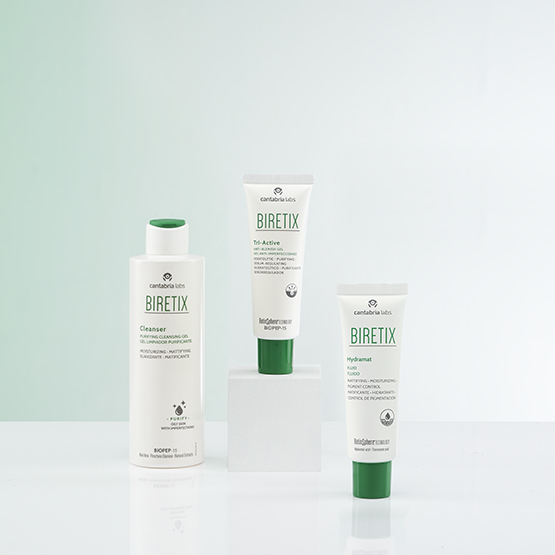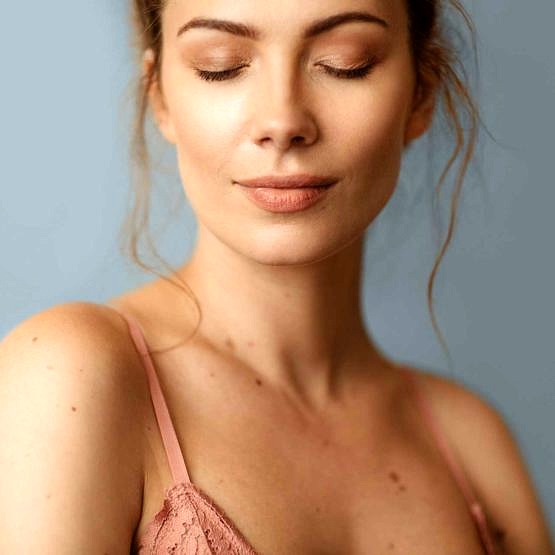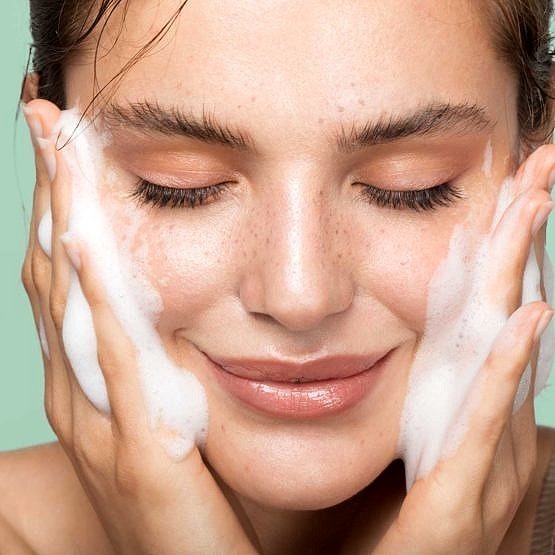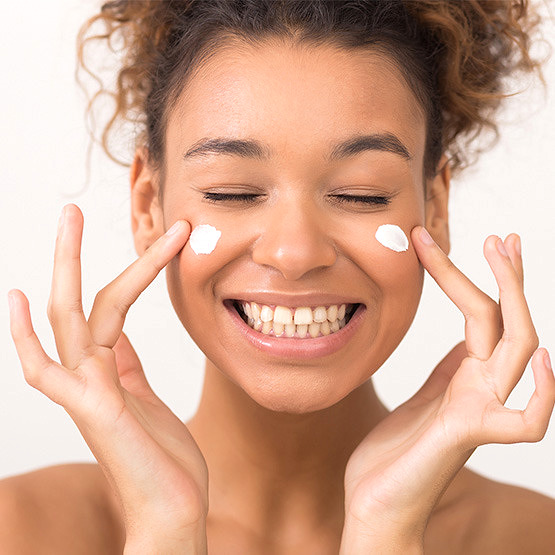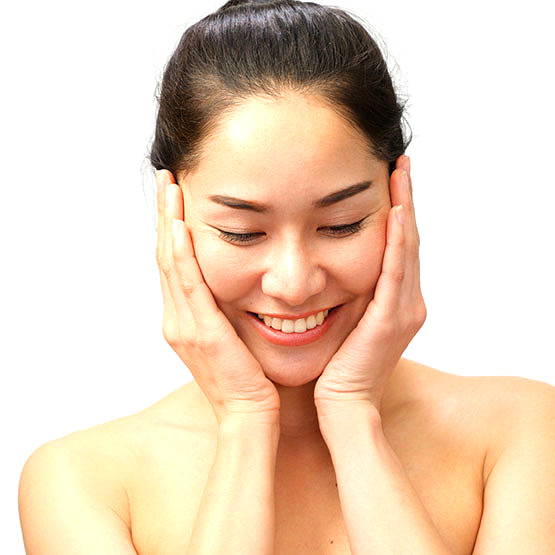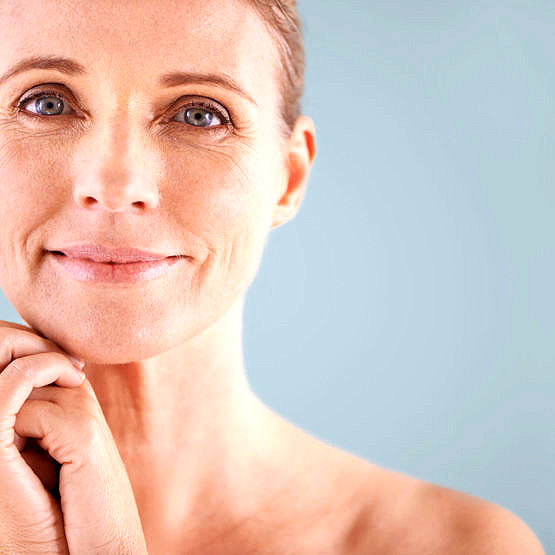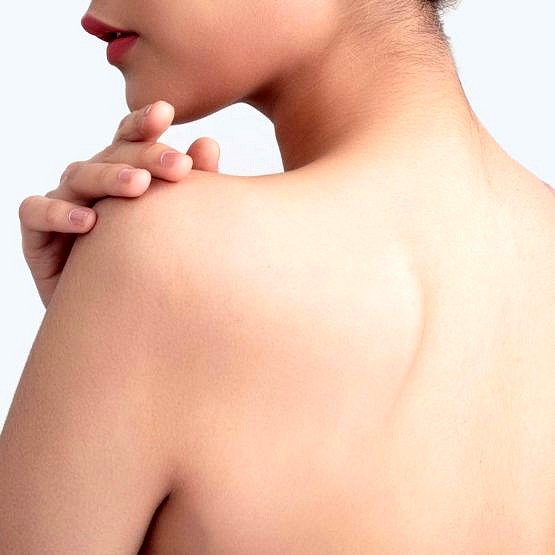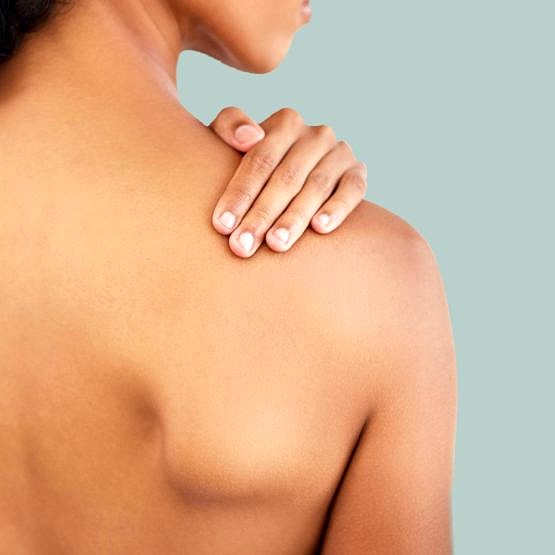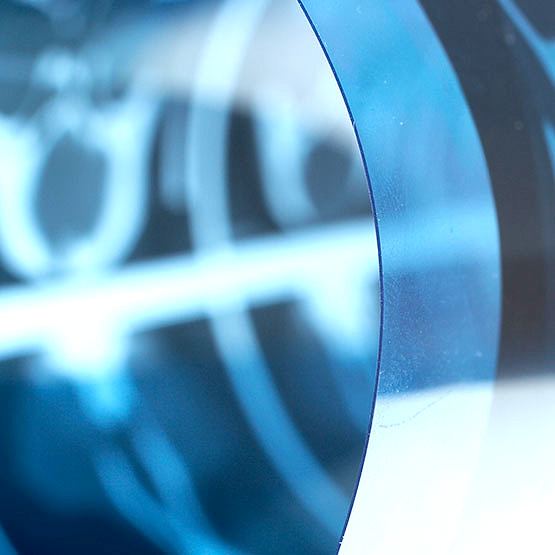Medicines and medical devices
The information contained in this section is intended for healthcare professionals only.
Alopecia
Androgenetic alopecia or common baldness is hair loss that is deemed physiological in men from a certain age and is rarer in women. This type of alopecia is the most common cause of hair loss, affecting 80% of men by 90 years of age, 35% of women of childbearing age and 50% of menopausal women. It is polygenic in nature meaning that various genes are inherited and occurs due to the action of androgens in genetically predisposed individuals.
It manifests as the progressive loss of hair on the head in the frontotemporal (front and side) and occipital (rear) areas, which is replaced by thinner finer hair, eventually leaving areas of baldness without hair.
Source: Healthy Skin Foundation
———————————–
Oral finasteride: medicinal product for the treatment of early stages of androgenetic alopecia in males.
Topical Minoxidil: medicinal product for the treatment of androgenetic alopecia of moderate intensity.
Acne
Most acne is characterised by a combination of different types of skin lesions: blackheads, the most common in younger patients, papules, pustules and nodules. Although it tends to disappear on its own, it can leave scars.
Source: Healthy Skin Foundation
———————————–
Oral isotretinoin: treatment for severe forms of acne resistant to regular cycles of conventional treatment with oral or topical antibacterial preparations.
Oral doxycycline: a medicine mainly indicated for infections of skin and soft tissues, respiratory tract and genitourinary system.
Topical clindamycin: medicine indicated for the treatment of mild to moderate intensity acne vulgaris.
Tretinoin 0.4%: Topical treatment of non-inflammatory (blackheads) and inflammatory lesions (pustules and papules) in mild to moderate acne vulgaris.
Mask Plus (Polyvinyl A-Tretinoin-Clindamycin-Glycolic Acid): specific medical device to prevent acne complications caused by external factors
Atopic Dermatitis
Atopic dermatitis, also called atopic eczema, is a chronic inflammatory skin disease that occurs primarily in children. It is benign and not contagious. It usually begins in childhood and generally improves with age, although it can persist in adulthood or even begin at this time of life. It is a very common and increasingly common disorder, especially in developed countries, affecting both sexes equally.
Source: Healthy Skin Foundation
———————————–
Fluticasone propionate: topical medicine indicated for symptomatic treatment of inflammatory dermatoses not caused by microorganisms and that respond to corticosteroids
Tacrolimus: topical treatment of moderate or severe atopic dermatitis in adults.
Seborrheic Dermatitis
Seborrheic dermatitis (SD) is a chronic skin condition that falls within the differential diagnosis of erythemato-squamous dermatoses. It has two age peaks, one in nursing infants before 3 months of age and one between the fourth and seventh decade of life, affecting men more than women. In addition, it is one of the most common skin manifestations in HIV+ patients where its presence requires assessment in high-risk patients.
Source: Healthy Skin Foundation
———————————–
Betamethasone scalp solution: treatment of inflammatory and itching manifestations of scalp dermatosis that respond to corticosteroids, such as psoriasis and seborrheic dermatitis.
Betamethasone cream: treatment of exogenous acute eczema, seborrheic dermatitis, psoriasis, lichen planus and small lesions of discoid lupus erythematosus.
Ciclopirox: topical treatment of seborrheic dermatitis of the scalp.
Psoriasis
It is an inflammatory dermatosis that can occur affecting only the scalp or accompany other manifestations of psoriasis. 30-40% of cases are due to family history.
Source: Healthy Skin Foundation
———————————–
Oral acitretin: medicine indicated for severe and widespread forms of refractory psoriasis, pustular psoriasis of the hands and feet etc.
Betamethasone scalp solution: treatment of inflammatory and itchy manifestations of scalp dermatosis that respond to corticosteroids, such as psoriasis and seborrheic dermatitis.
Topical clobetasol: medicine. Treatment of psoriasis (excluding plaque psoriasis) and recalcitrant eczema.
Calcipotriol/Betamethasone: topical treatment of psoriasis vulgaris.
Betamethasone cream: treatment of exogenous acute eczema, seborrheic dermatitis, psoriasis, lichen planus and small lesions of discoid lupus erythematosus.
Methotrexate solution for injection: medicine with the following properties: interferes with the growth of certain cells of the body that multiply rapidly (antitumor agent), reduces the unwanted reactions of the body’s own defence mechanism (immunosuppressant), and has anti-inflammatory effects.
Keratosis
Actinic keratosis may be the first stage in the development of skin cancer and is therefore considered a precancerous skin condition. The presence of actinic keratosis denotes an injury caused by the sun that promotes the development of various types of skin cancer.
Actinic keratosis evolves slowly, over years, and usually appears on the face, ears, scalp, neck, back of hands and forearms, and lips. It is flat on the skin of the head and neck, and a little raised on the arms and hands.Often affected subjects have more than one actinic keratosis lesion. Such lesions are often not life-threatening if detected and treated in the early stages. However, if this does not happen, they can increase in size and invade surrounding tissues and, in very rare cases, metastasise or spread to the internal organs.
Source: Healthy Skin Foundation
———————————–
Imiquimod: medicine indicated for the topical treatment of external genital and perianal warts in adults, small superficial basal cell carcinomas (BCCs) in adults, etc.
Actixicam: medical device. Prevention of actinic keratosis due to excess sun exposure and relapse.
HELIOCARE 360º MD AK Fluid: prevention and adjuvant protective treatment of actinic keratosis and other forms of non-melanoma skin cancer.
Hyperpigmentation
Age spots or hyperpigmentation is caused by anomolous distribution of melanin and the cells that produce it, melanocytes. Melanin is the pigment that allows us to protect ourselves from the sun’s rays, so when we expose our skin to the sun the melanocytes secrete more melanin.
Source: Healthy Skin Foundation
———————————–
Hydroquinone: topical medicine to treat cases of skin hyperpigmentation such as melasma or cloasma, lentigines, ephelides or freckles.
Retincare: medical device. Treatment of hyperpigmentation, photoaging and xerosis.
Latest from Communication Area

In partnership with Real Madrid C.F., Cantabria Labs presents its new “Train Your Skin” campaign

Cantabria Labs with Rafa Nadal, Sara Andrés and Real Madrid, together against melanoma

